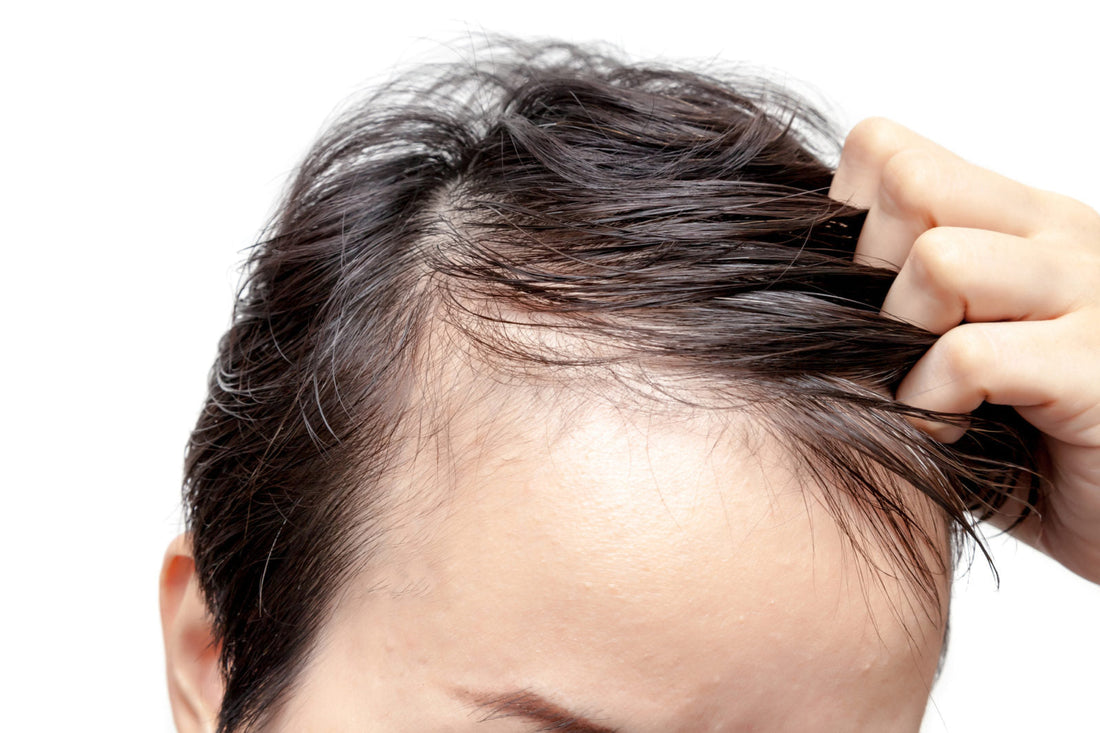Maximizing Hair Transplant Success with SMP
Reviewed by Zang and Ridwan
For some individuals, hair micropigmentation serves as a viable alternative to a hair transplant. However, these two procedures can also complement each other. Here’s how they can work together.
When Ashton Kutcher appeared on Conan last June, he shared his experience of starting to lose his hair at 25. He also mentioned consulting with a doctor who prescribed Avodart, a medication commonly used for an enlarged prostate.
While Avodart, or dutasteride, may help with hair loss by reducing testosterone byproducts, it comes with some concerning side effects. These include testicular pain, breast tenderness, and reduced sexual interest.
Sounds unsettling, doesn’t it? But as we’ve discussed before, there are alternative solutions for hair loss, such as hair micropigmentation. Other options include topical treatments and, of course, hair transplants.
Here, we’ll explore why you don’t have to settle for just one approach to address your hair concerns. Consider combining scalp micropigmentation with a hair transplant, and see if this combination might be right for you.
Hair Transplant: An Overview of the Procedure
The name pretty much gives it away, but the concept behind hair transplants has been around since the 1950s, with techniques evolving significantly over time.
At its core, the process remains consistent. The surgeon relocates healthy hair from one area of your scalp to regions that are thinning or bald. Of course, since this is a surgical procedure, there are inherent risks.
Your doctor might prescribe pain medication to help manage the tenderness in your scalp after the procedure, and antibiotics may also be needed to prevent infection. Within two weeks, the transplanted hair will shed, but by 6 to 9 months, you should start to see new hair growth.
As for the price tag, be prepared to spend at least $5,000. Since it’s considered a cosmetic procedure, it’s unlikely that insurance will cover the cost, and the price may even be higher depending on your specific needs.
How Scalp Micropigmentation Can Enhance Hair Transplant Results
Micropigmentation, or scalp micropigmentation (SMP), is a powerful solution for clients who want to redefine their hairline or achieve the sleek, shaved look. It’s a non-invasive procedure where cosmetic pigments are tattooed into the scalp, creating the appearance of natural hair follicles. To ensure flawless results, it’s crucial to go to an experienced SMP specialist who uses top-tier tools for precision and consistency.
Now, how does SMP complement a hair transplant? As mentioned, hair transplants can take several months before showing visible results, leaving you with a temporary hair loss or thinning issue. In the meantime, SMP provides an excellent solution to cover up these areas, giving the illusion of fuller hair while you wait.
And if your hair transplant doesn't give the expected outcome, SMP serves as a great alternative, sparing you from undergoing another transplant procedure. It’s an effective, low-maintenance solution to achieving the look you desire without the need for surgery.
Should You Try Hair Micropigmentation After a Hair Transplant?
For optimal results, we recommend scheduling your scalp micropigmentation (SMP) at least a month before undergoing hair transplant surgery. This ensures that the SMP will complement the hairline you aim for post-surgery. If you choose to get SMP after a hair transplant, it’s best to wait at least a year to allow your transplant results to fully settle.
If you’re interested in learning more about SMP, feel free to reach out to us for further details or to schedule a consultation. We’re here to help!
